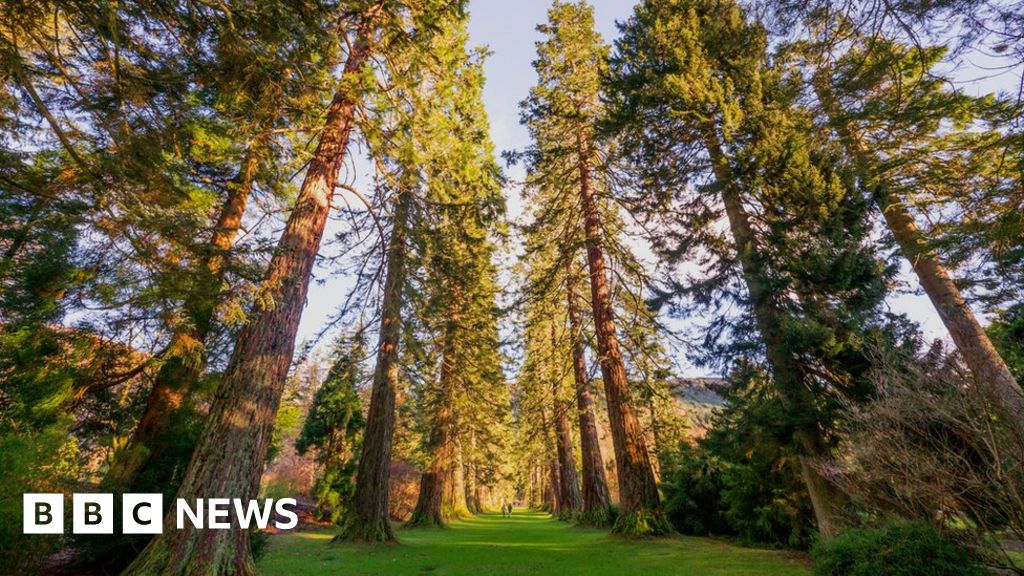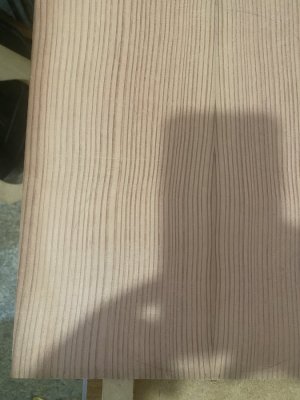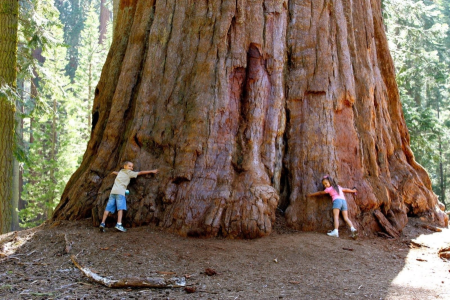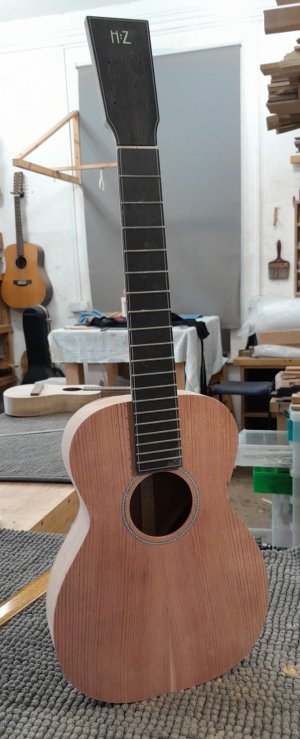Please be aware that the trees mentioned in that original article are not the redwood that ones sees in commerce, or as instrument tops. The tress mentioned are more properly knows as giant sequoia (Sequoiadendron giganteum). The redwood used for instrument tops is from the coastal redwood, Sequoia sempervirens. The giant sequoias were not cut much as wood because the trees tend to shatter when they are cut down and hit the ground. The coastal redwood was harvested extensively and is still harvested to some extent. It grows much more quickly than the giant sequoia so these days there is even some second growth redwood.
I found a wonderful source of old growth redwood, old planks that used to be water tanks on top on New York City apartment buildings. Every now an then one found a plank that was perfectly quartersawn. The tanks were up in the air and water for 50 years or more, and who knows how long ago the wood was actually cut. The top wood can be very fine grained redwood. For example I counted (under a microscope) 351 growth rings across a 5″ board. Picture is of a .5mm pencil point.
I read a very interesting book about using tree rings to date things. "Tree Story: The History of the World Written in Rings" by Valerie Trouet, I highly recommend it. Dendrochronology uses the changes in the width of tree rings (wide in good years, narrow in bad years) to place a tree exactly in historical dates, given a database of tree rings that starts at the present. I wrote to her regarding getting the redwood dated. I had one plank that was 11 inches wide, with very narrow growth rings so there were 755 growth rings across the plank. I sent Ms. Trouet a sample and she was good enough to date it. The wood grew from 979-1734 AD and she added that these dates were 'solid' meaning that the tree ring patterns matched up with the historical database very well. This means I am building instruments with wood that grew 1043 - 288 years ago. Pretty humbling.
View attachment 168501









